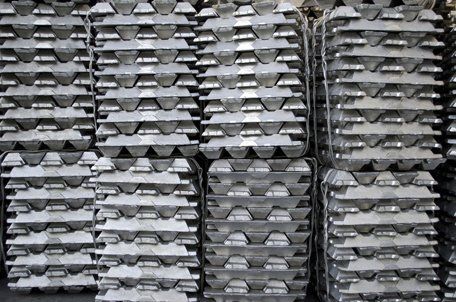

Further confusion can arise from the practice of apparently locating a Sheffield type 3 firm in London (although the J T & S is a bit of help). Some of this last variety were real names, culled from the family (Charles Calow made table knives round the corner from the Beardshaws before 1820, and was a relation by marriage, and Henry was the first name of one of William Marples’ sons), from the street on which a firm was located (Joseph Tyzack’s Bowdon and Fitzwilliam), from business contacts (John Cockerill was the foremost industrialist in Belgium before 1860, and bought steel from Spear and Jackson), or were no more than the type 1 firm’s name reversed (Sorby’s Robert Trebor) most, however, leave one guessing. Or was the name a complete fiction, dreamed up in order to widen the apparent range on offer? “Have you seen the latest in our Bloggs line, Sir? Aimed at the practical section of the market, very reasonable price with no concessions to quality whatever, etc etc” (type 3). Or was the name on the saw that of a firm which might have been making saws or another type of tool and which had been taken over by another, a type 1 or type 2? Alfred Beckett and Sons took over several firms of both sorts during their long existence: Crookes Roberts, Charles Gray, Wheatman and Smith, Wm Jackson and Thomas Jowitt, all of which had made saws at some point during their pre-takeover existence, so that a saw with any of these names might have been made by the apparent maker, or by Alfred Beckett.

Type 2b - The elephant was the logo of W Tyzack, Sons and Turner

The name on the saw would then be a type 2a, eg William Marples, edge tool and plane makers the second variety, type 2b, often also carried the name or the logo of the type 1 firm (Hobday were retailers who marked other tools, notably planes, with their own name Or was the saw made by a firm that was wholesaling it with other lines of tools, or by such a type 1 firm and then marked with the name of the shop that was retailing it. Let us call this sort of firm a type 1 - true sawmakers. What might that name signify? Does it imply that behind it lay a firm where the materials, tools, and skilled manpower existed to make saws?

You’re in a tool auction, or an antique shop, and you pick up a saw with the name of a maker you don’t recognise.


 0 kommentar(er)
0 kommentar(er)
